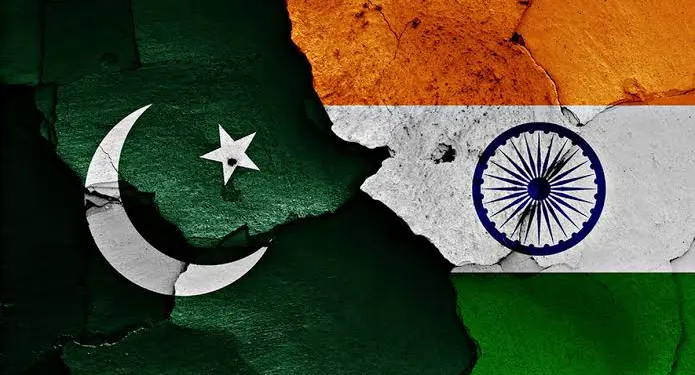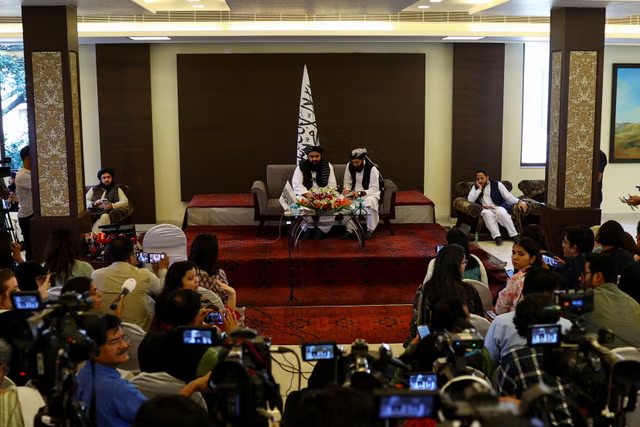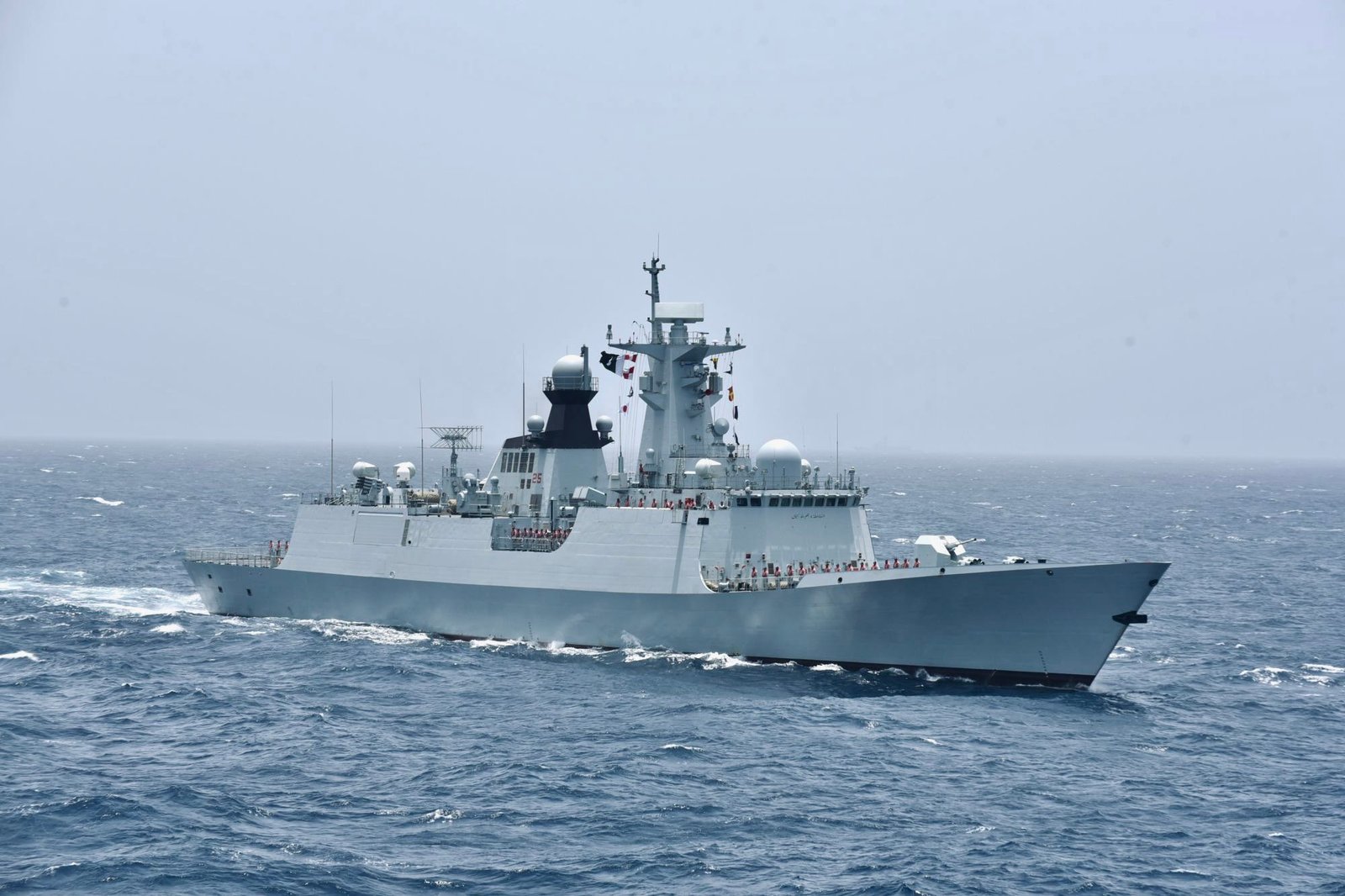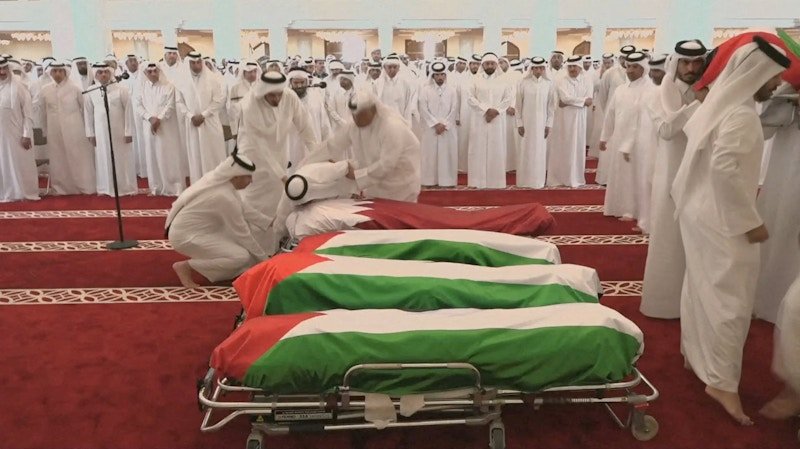With Pakistan's F-16s vs. India's 36 Rafale Jets Armed with 144 Missiles – How Unstoppable Is India in Military Defense?
According to a report by Indian news agency ANI, amid discussions of a possible military response following the Pahalgam attack, defense analysts say that the presence of Rafale fighter jets equipped with SCALP missiles has given India significantly greater capability compared to the 2019 Balakot airstrike.
With Pakistan's F-16s vs. India's 36 Rafale Jets Armed with 144 Missiles – How Unstoppable Is India in Military Defense?
With Pakistan's F-16s vs. India's 36 Rafale Jets Armed with 144 Missiles – How Unstoppable Is India in Military Defense?
According to a report by Indian news agency ANI, amid discussions of a possible military response following the Pahalgam attack, defense analysts say that the presence of Rafale fighter jets equipped with SCALP missiles has given India significantly greater capability compared to the 2019 Balakot airstrike.
India has previously crossed borders to conduct military operations in response to terrorist attacks. After the 2015 attack in Manipur, strikes were carried out against rebel camps in Myanmar. In 2016, a "surgical strike" was conducted in Pakistan-occupied Kashmir (PoK) following the Uri attack in Kashmir. And in 2019, airstrikes targeted Balakot in Pakistan after the Pulwama attack.
However, the current situation is different. The Pahalgam attack resulted in civilian deaths, making it more sensitive than previous incidents. Additionally, India now possesses more advanced military technology and firepower.
The 36 Rafale fighter jets purchased from France and their SCALP missiles have given the Indian Air Force added strategic advantages. The Rafale is superior to the Mirage, Sukhoi, and even Pakistan’s main fighter jet, the F-16—especially in terms of range, avionics, and weapons management.
Rafale jets can carry SCALP and Meteor missiles, which are capable of striking targets at long range. With advanced radar and electronic warfare systems, the Rafale has brought a new edge to India's air combat capabilities.
Of the 36 Rafales, 18 are deployed at Ambala in Haryana, monitoring the Pakistan border. Depending on the situation, the remaining Rafales, currently stationed in the eastern sector, can also be moved to the western front.
However, any such decision would also factor in a potential response from China, which has historically supported Pakistan.
Defense analyst Abhijit Iyer-Mitra wrote on X (formerly Twitter), “The 36 Rafales, along with Meteor, SCALP, and MICA missiles, give India the capability to strike 36 ground targets and simultaneously counter up to 72 Pakistani F-16 fighter jets from a distance of 250 km.”
He added that if each Rafale is loaded with two fuel tanks, four Meteor missiles, one SCALP, and two MICA missiles, India could simultaneously deploy:
-
36 long-range ground attack missiles (SCALP),
-
144 long-range air-to-air missiles (Meteor),
-
72 medium-range missiles (MICA).
According to Iyer-Mitra, “This is not a defense capability that any opponent would want to engage with lightly. The key is to avoid close-range combat, where the Pakistani Air Force tends to perform better. To fully utilize its technological advantage, India must keep the battle beyond visual range (BVR).”
Currently, the Indian Air Force is conducting its annual military exercise Aakraman (Attack) in central India, which includes simulations to prepare for potential conflict scenarios with Pakistan.










